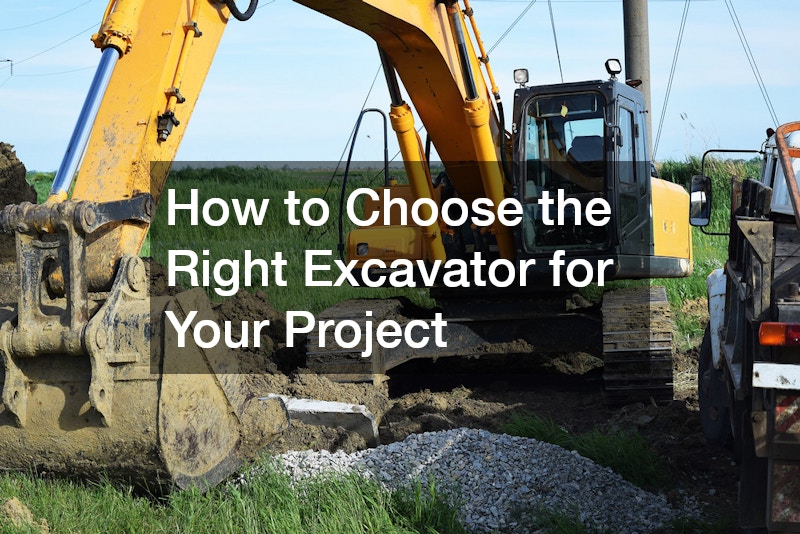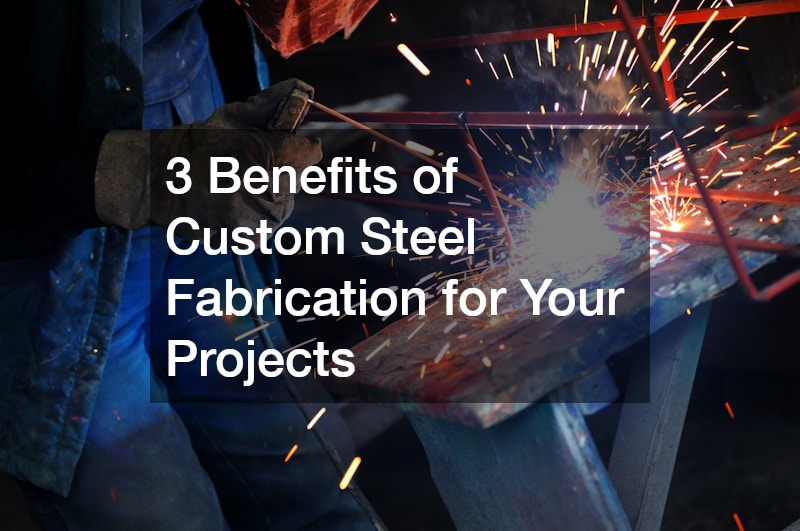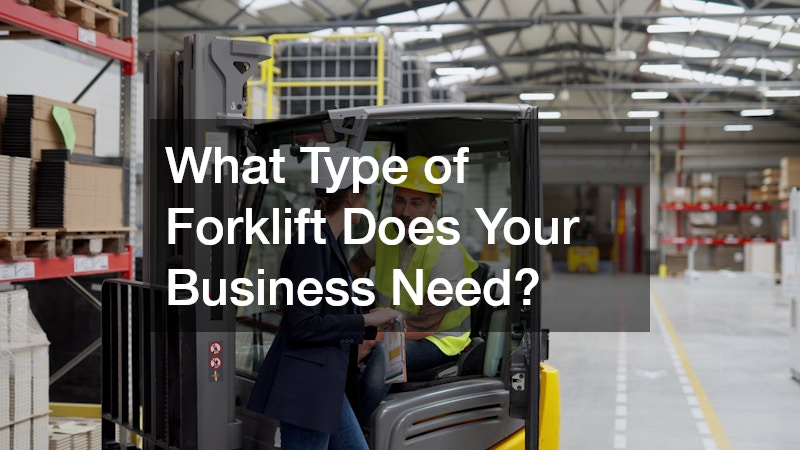When it comes to heavy-duty construction and earthmoving work, selecting the right equipment is crucial for efficiency, safety and overall success. An excavator is one of the most versatile and commonly used machines on Australian construction sites. From digging trenches and lifting heavy materials to site preparation and demolition, excavators come in various shapes and sizes, each tailored for specific tasks. Choosing the right one for your project isn’t just about picking the biggest machine — it’s about matching your needs with the appropriate specifications.
Here’s how to choose the right excavator for your project, with key considerations to help guide your decision.
Understand the Scope of Your Project
Before selecting any machinery, it’s essential to assess the scale and nature of the job. Are you working on a residential landscaping task or a large-scale civil infrastructure project? The size, depth and duration of your excavation work will determine the type of excavator you need.
For smaller projects in tight urban environments, a compact or mini excavator might be ideal due to its agility and lower operating weight. On the other hand, major construction projects often require large hydraulic excavators that offer greater reach and digging depth.
Evaluate Site Conditions
Site conditions significantly impact your choice of equipment. If your site has limited access, narrow entry points or overhead restrictions (such as power lines), you’ll need a machine designed to operate in confined spaces. Compact excavators with zero tail swing can work close to walls or fences without the risk of damage.
Soil type also plays a role. Sandy or loose soil may not require the same digging force as clay or rocky terrain. In challenging ground conditions, you may benefit from a high-powered excavator with reinforced components and appropriate bucket attachments.
Consider Excavator Size and Weight
Excavators are categorised by operating weight, generally ranging from 1 tonne to over 90 tonnes. Smaller models are suitable for jobs like digging garden beds, utility trenching or minor demolition. Medium-sized excavators (between 10 and 20 tonnes) are well-suited for commercial developments or roadworks. Larger machines, typically over 30 tonnes, are reserved for mining, large infrastructure or extensive excavation projects.
While bigger may seem better, an oversized excavator can be costly, inefficient and potentially damaging to the site. Always choose a machine that meets your requirements without overburdening your budget or project space.
Check for Technology and Safety Features
Excavators today are equipped with advanced technology that improves performance and operator safety. Features like GPS guidance, tilt sensors and machine control systems can significantly enhance accuracy and reduce the risk of error — especially for trenching, grading or foundation work.
Operator safety should never be compromised. Look for excavators with rollover protection structures (ROPS), high-visibility cabs, ergonomic controls and easy entry/exit points. Machines with backup cameras and proximity alarms also reduce the likelihood of onsite accidents.
Evaluate Transport and Accessibility
Transporting an excavator to and from the site must be factored into your decision. Consider the machine’s dimensions, weight and ease of loading. If you plan to use a trailer or hire a float, make sure it can handle the excavator safely.
Also, assess how easily the excavator can manoeuvre around the worksite. Models with reduced tail swing or rubber tracks offer greater mobility and cause less surface damage — ideal for working in sensitive environments such as landscaped or paved areas.
Choose Between Buying and Hiring
Depending on your project’s duration and budget, you’ll need to decide whether to buy or hire an excavator. Purchasing makes sense for long-term or frequent use, offering control and convenience. However, the upfront cost and ongoing maintenance can be considerable.
Hiring is often the more economical option for short-term or one-off jobs. It gives you access to the latest models and attachments without the capital investment. Reputable hire companies also offer delivery, servicing and operator training, ensuring smooth operations from start to finish.
Work with a Trusted Supplier
Finally, choose a supplier with industry experience, a solid reputation and strong customer support. A trusted supplier will help you assess your needs, recommend the right model and offer after-sales service and technical advice.
Be sure to inspect the machine before use, check service records and ensure it meets Australian safety standards and site-specific requirements.
Conclusion
Selecting the right excavator for your project is about understanding your needs, the worksite and the machinery available. By considering factors such as size, attachments, site conditions and transport logistics, you can choose a machine that boosts productivity and delivers value. Whether you’re digging foundations, moving earth or demolishing structures, the right excavator makes all the difference in achieving a successful outcome.
From small-scale landscaping to large-scale infrastructure, there’s an excavator suited to every job — and with the right knowledge, you’ll find the perfect fit for yours.
.




